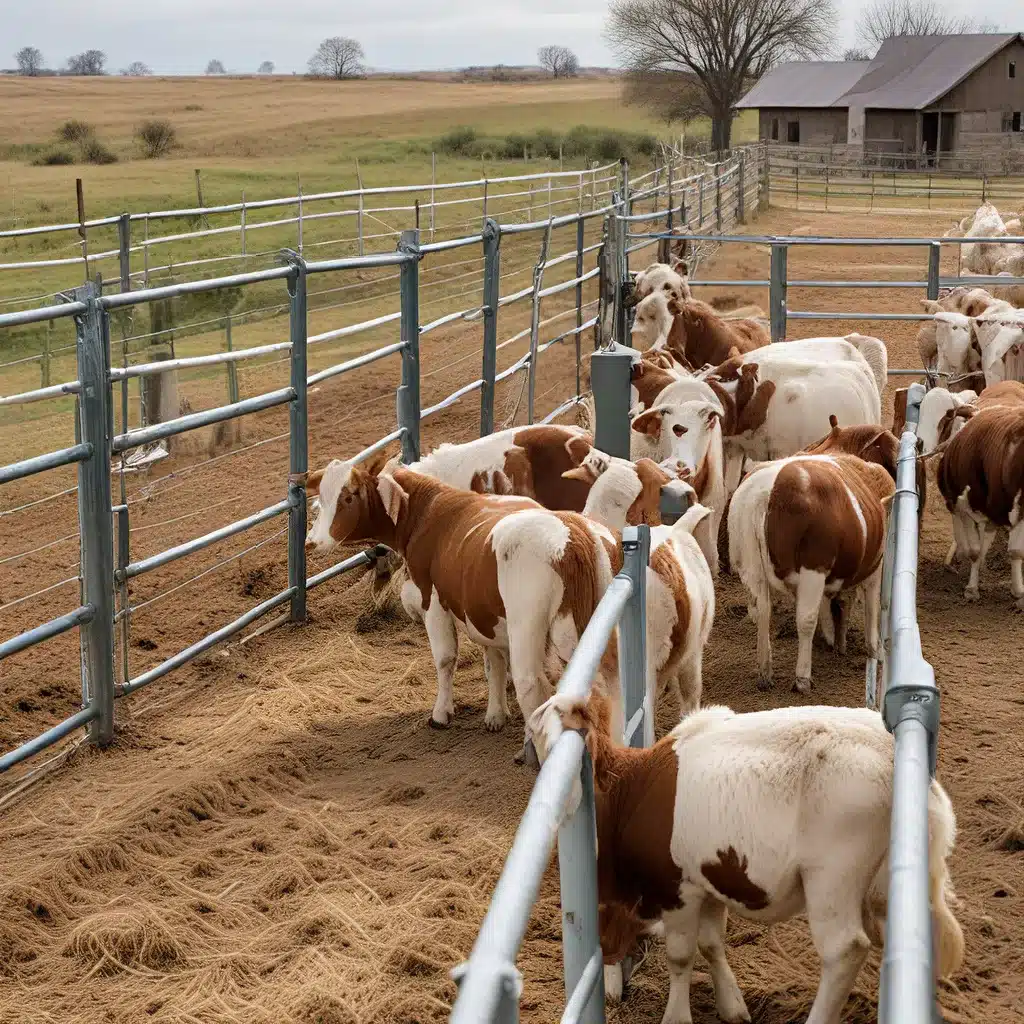
The Rise of Sensor Networks in Livestock Management
Sensor networks have emerged as a transformative technology in the realm of precision livestock farming (PLF). By strategically deploying a network of interconnected sensors throughout farm environments, producers can now collect and analyze vast amounts of real-time data to optimize animal welfare and productivity. This data-driven approach, often referred to as sensor-enabled PLF, has ushered in a new era of sustainable and efficient livestock management.
One of the key drivers behind the growing adoption of sensor networks in PLF is the need to address the increasing global demand for livestock products. As the world’s population continues to grow, so too does the pressure on agricultural systems to meet the rising consumption of meat, dairy, and other animal-derived foods. Sensor-enabled PLF offers a solution by empowering farmers to make data-informed decisions that enhance animal health, improve feed utilization, and boost overall production efficiency.
Advancements in sensor technologies, coupled with the proliferation of Internet of Things (IoT) devices, have been instrumental in driving this transformation. Wearable sensors attached to livestock can continuously monitor parameters such as body temperature, activity levels, and feeding behaviors, while environmental sensors track factors like temperature, humidity, and air quality within the farm setting. By analyzing this wealth of data, farmers can proactively identify and address health issues, optimize feeding regimes, and enhance overall animal welfare.
Optimizing Animal Welfare through Sensor-Enabled Monitoring
One of the primary benefits of sensor-enabled PLF is the ability to continuously monitor animal health and well-being. Traditional livestock management often relied on periodic visual inspections, which could miss early signs of distress or illness. In contrast, sensor networks provide a real-time, comprehensive view of each animal’s physical and behavioral indicators.
Wearable sensors, such as accelerometers, GPS trackers, and temperature sensors, can be attached to individual animals to track their activity patterns, location, and body temperature. Anomalies in these parameters can signal the onset of health issues, enabling farmers to intervene early and provide targeted treatment, thereby reducing the risk of animal suffering and productivity losses.
Furthermore, environmental sensors strategically placed throughout the farm can monitor factors like air quality, water supply, and feed availability. By maintaining optimal environmental conditions, farmers can ensure that the animals’ basic needs are met and minimize their exposure to stressors that can compromise their well-being.
Enhancing Production Efficiency through Data-Driven Decisions
In addition to improving animal welfare, sensor-enabled PLF also offers significant gains in production efficiency. By collecting and analyzing data from various sensors, farmers can make informed decisions that optimize resource utilization, minimize waste, and boost overall productivity.
For instance, feed management is a critical aspect of livestock farming, as feed costs typically account for a substantial portion of the total operating expenses. Sensor-enabled PLF allows farmers to monitor individual animal feeding behaviors, identify underperforming or high-consuming animals, and tailor feed rations accordingly. This not only reduces feed waste but also ensures that each animal receives the optimal nutrition, leading to improved growth rates and better feed conversion ratios.
Sensor-enabled monitoring of environmental factors, such as temperature, humidity, and air quality, also plays a crucial role in optimizing production. By maintaining ideal environmental conditions, farmers can minimize the impact of stress factors on animal health and productivity, ultimately enhancing growth, reproduction, and overall yield**.
Addressing the Challenges of Sensor Network Implementation
While the benefits of sensor-enabled PLF are well-established, the implementation of such systems is not without its challenges. Ensuring the security and reliability of sensor networks is a critical concern, as the interconnected nature of IoT devices can expose farms to potential cyber threats and data breaches**.
Farmers and technology providers must work together to implement robust security measures, such as secure data encryption, access control policies, and regular software updates. Additionally, the scalability and interoperability of sensor networks are essential considerations, as farms may need to integrate multiple sensor types and platforms to achieve comprehensive monitoring capabilities.
Another key challenge is the energy management of sensor networks, as many farms may be located in remote or off-grid locations where access to reliable power sources can be limited. Energy-efficient sensor designs and innovative power management strategies, such as solar-powered or battery-powered nodes, are crucial for ensuring the long-term sustainability of sensor-enabled PLF systems.
The Future of Sensor-Enabled Precision Livestock Farming
As the global population continues to grow, the demand for sustainable and efficient livestock production will only increase. Sensor-enabled PLF has emerged as a transformative solution, offering unprecedented insights into animal health and environmental conditions, and enabling data-driven decision-making to optimize animal welfare and production efficiency.
The continued advancements in sensor technologies, the proliferation of IoT devices, and the development of robust security and energy management strategies will all contribute to the widespread adoption of sensor-enabled PLF in the years to come. By embracing these innovative technologies, livestock producers can meet the global demand for animal-derived products while promoting the well-being of their animals and safeguarding the environment.
Sensor-Networks.org is at the forefront of this exciting technological revolution, providing thought leadership, industry insights, and practical solutions to help farmers and livestock producers harness the power of sensor networks and unlock the full potential of precision livestock farming.